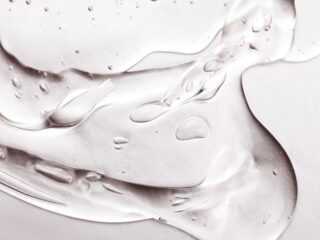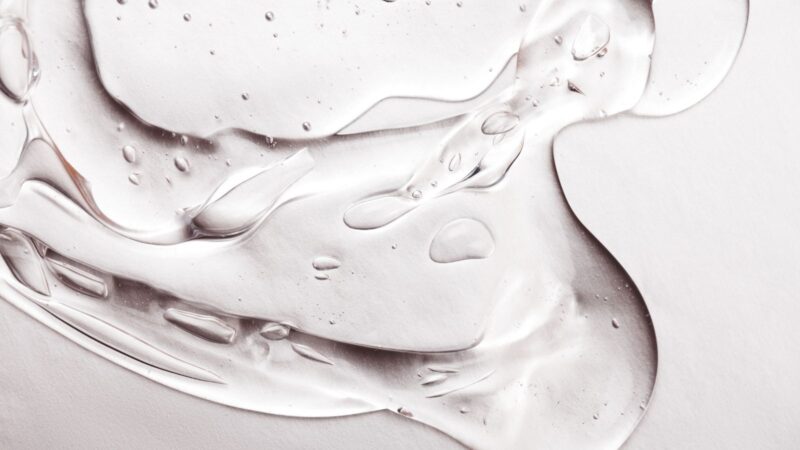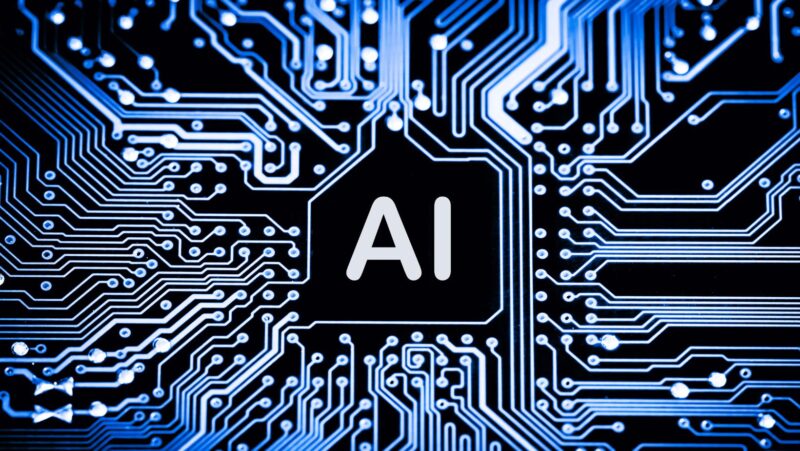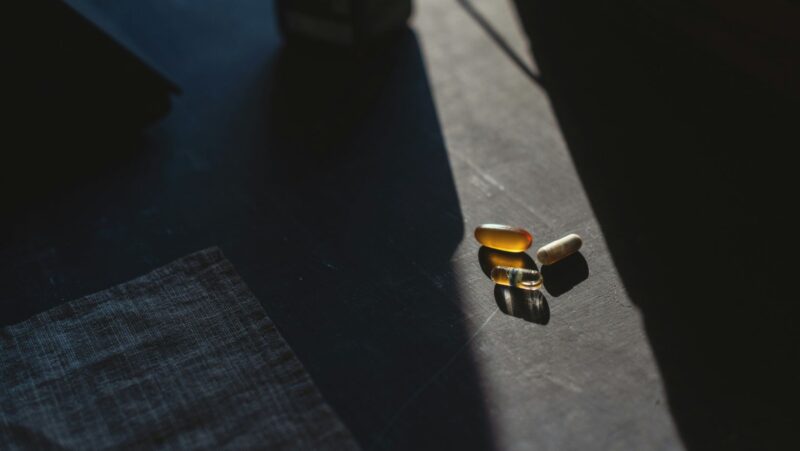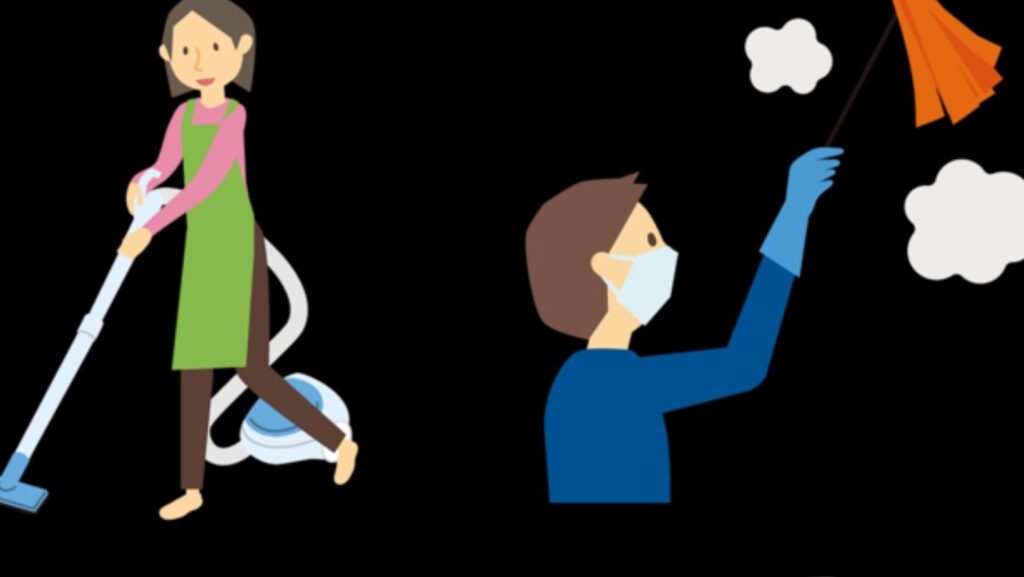
When patients walk into your office, they expect it to be clean, tidy, and free of any germs. Ideally, every medical personnel should either stay healthy or stay healthy. Remember the people that are coming to your office are sick therefore, you must keep your office or waiting room sanitized to minimize the spread of germs around. That being said, now the big question is where you should focus your attention in the office when it comes to cleaning. Obviously, the places patients frequent more are your office, bathrooms, and waiting room.
Also, you should clean the exam room regularly every day. Whether in a clinic, a 24×7 Doctors Answering Service, or any other medicinal office, proper cleaning involves more than vacuuming and dusting. Let’s look at some important steps to maintain a hygienic and safe medical office environment.
Implement a Regular Cleaning Schedule
It’s very important to be consistent when cleaning the medical environment. Cleaning regularly will prevent the accumulation of dust, dirt, and harmful microorganisms that can further complicate patients’ illnesses. Create a comprehensive cleaning schedule to ensure everything is clean, including waiting areas, patient rooms, examination rooms, restrooms, and even less-frequented spaces like storage rooms.
The schedule should include specific details of the number of times each area needs to be cleaned and the appropriate cleaning methods. When cleaning, ensure you include the HVAC system in the cleaning schedule.
Clean and quality indoor air is among the overlooked aspects of healthcare environment cleaning. Clean air vents regularly and replace HVAC filters, especially in respiratory and cardiovascular health departments, to reduce the spread of airborne pathogens and allergens.
Create a checklist for your cleaning staff, which they can use to track the areas that have been cleaned meticulously, and if possible, hire as many cleaners as you can and make it shift work.
Identify High-traffic and High-touch Areas
The hospital is where thousands of people frequently seek assistance from 24×7 Doctors Answering Service; therefore, it constantly cleans and disinfects traffic areas such as desks and other surfaces.
Remember, consistency is the key to helping you control cleanliness and eliminate germ spread and bacterial growth. Normally, these areas receive the most attention during cold and flu season, but today, where we live in a healthy-conscious world, there is no area that you will leave unclean. Always ensure that high-traffic areas are cleaned to the best of your ability. Moreover, this will help in the long term by reducing costs and sick time.
Use Appropriate Cleaning and Disinfecting Agents
Hospitals are different from other environments, which makes it important to choose appropriate cleaning and disinfectant agents that won’t pose any threat to the environment. Moreover, different services and areas require different cleaning agents and disinfectants.
Using the wrong event in the wrong place can be ineffective and may even lead to great damage. For example, bleach is an excellent substance for cleaning toilets, but it can be too harsh for medical equipment. Overall, use an EPA-approved disinfectant and follow the manufacturer’s guidelines for optimal usage.
To eliminate threats, you can implement state-of-the-art cleaning methods like hydrogen peroxide fogging, one of the most effective disinfecting methods commonly used in the healthcare environment. Visit https://www.linkedin.com/pulse/what-hydrogen-peroxide-fogging-how-effective-gaiasciencemalaysia/ to learn more about hydrogen peroxide fogging.
Implement a Spill Management Protocol
In every healthcare facility, spills are inevitable, ranging from simple substances like water to biohazardous materials. Quick and efficient spill management is important to prevent accidents and spread of pathogens. Train your staff on properly dealing with spills quickly, safely, and effectively while using the right personal protective equipment and cleaning materials.
Follow Waste Management Guidelines
Proper waste segregation and disposal is crucial to maintaining a clean healthcare environment. Regularly clear bins and ensure waste bags are not overflowing. Biological and hazardous waste should be handled carefully according to local regulations and guidelines.
Staff Training
Train your staff regularly, regardless of their position, about the importance of maintaining cleanliness and their role in ensuring this practice. The training should typically include hand hygiene, the use of PPE, waste handling, spill management, and the proper use of cleaning agents. Click here to learn more about PPE.
Patient and Visitor Education
Educate patients and visitors about the importance of maintaining a clean healthcare environment and how they can help. Emphasis on hand hygiene, cough etiquette, and usage of masks.

Visitors pose a significant risk in sharing various microorganisms through hands and clothes. Ensure that all visitors clean and sanitize their hands before entering the environment.
Regular Inspections and Audits
Schedule regular inspections and schedules to ensure that all rules and regulations are followed. Ask for feedback from staff and visitors about the hygiene level of the space so you will know the areas that need improving and the best cleaning protocols to follow.
Conclusion
The medical office environment is a place that receives thousands of people seeking medical assistance. It’s crucial to ensure that this place is always hygienic to avoid the spread of germs and bacteria. To do so, you can start by implementing regular cleaning schedules, educating staff, and implementing spill management protocols. By following these principles, the environment will always remain clean and hygienic.

